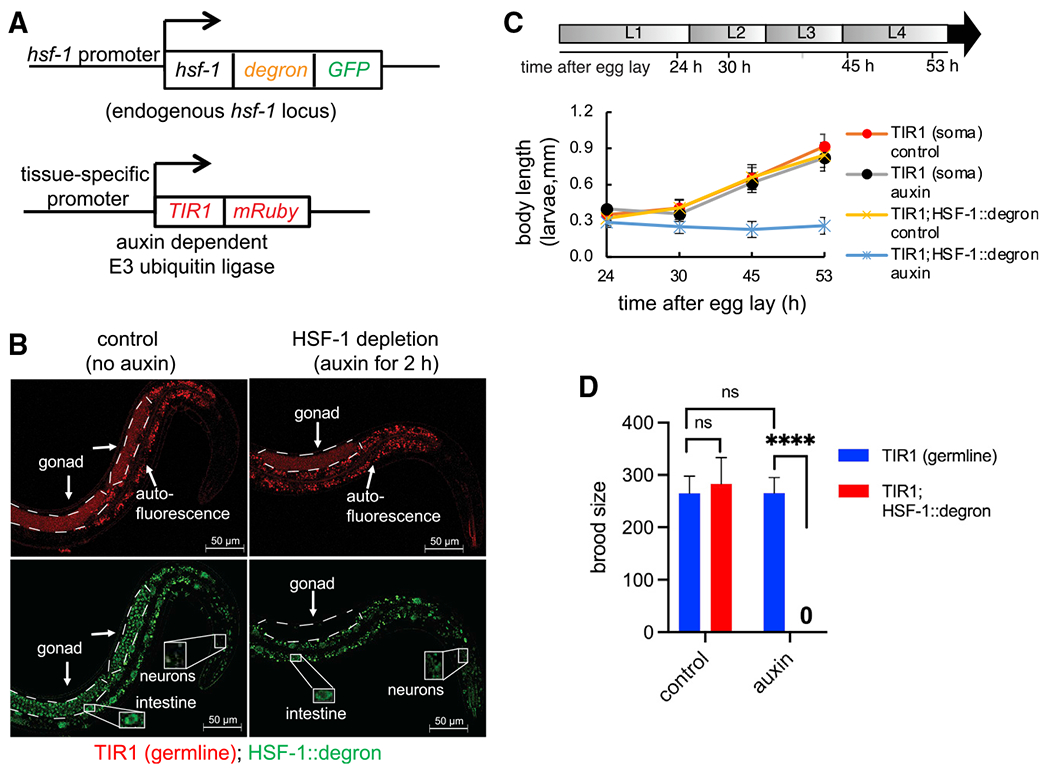Figure 1. The auxin-inducible degron (AID) system reveals tissue-specific roles of HSF-1 in C. elegans larval development and reproduction.

(A) Schematic of the AID system: endogenous HSF-1 tagged with AID and GFP and a transgene expressing the plant E3 ligase TIR1 that recognizes AID in the presence of auxin under control of a tissue-specific promoter.
(B) Live-animal images of young adults with germline-specific HSF-1 depletion by AID for 2 h. Dashed lines outline gonads. Scale bars, 50 μM.
(C) Size tracking of developing larvae with continuous HSF-1 depletion in the soma initiated at egg lay. Data are represented as mean ± standard deviation (n ≥ 15). The timeline represents larval stages (L1–L4) in control animals without HSF-1 depletion. The size of animals with HSF-1 depletion from the soma did not increase after 24 h (Dunnett’s test, p ≥ 0.05) and was significantly smaller than the control without auxin treatment at 30 h (unpaired, two-tailed Student’s t test, P: 4.3E–15) and after, suggesting larval arrest at L1/L2.
(D) Brood size of animals with continuous HSF-1 depletion in the germline initiated at egg lay. Data are represented as mean ± standard deviation (n ≥ 10). Statistical significance was calculated by unpaired, two-tailed Student’s t test. ****p < 0.0001; ns, not significant (p > = 0.05).
